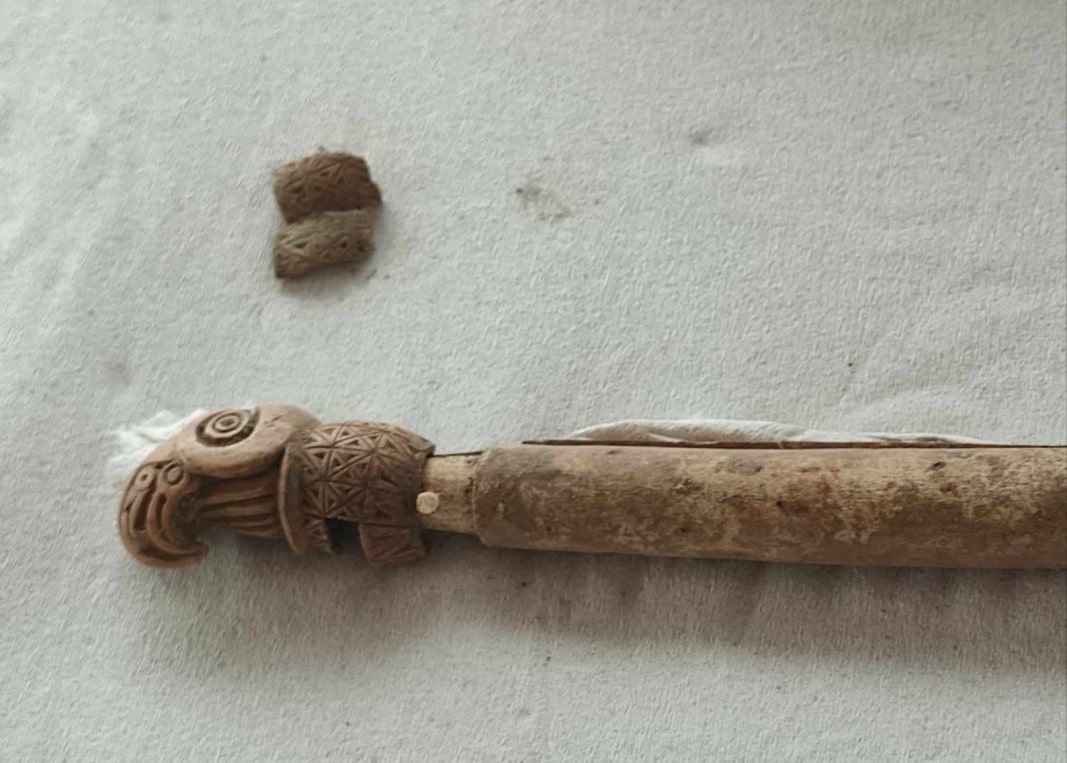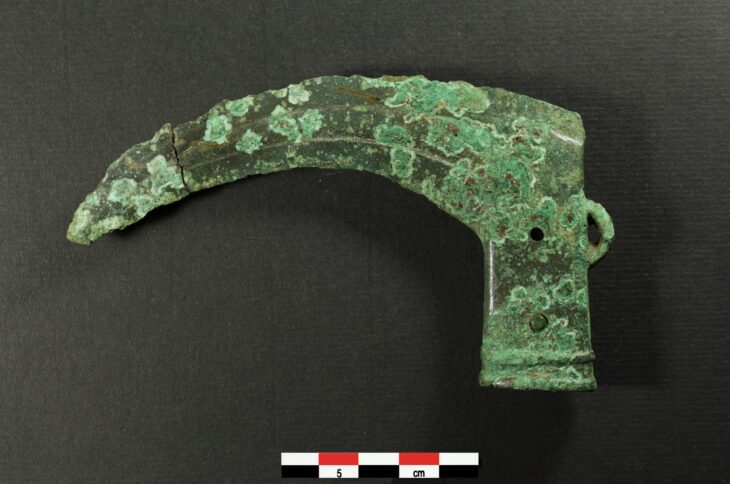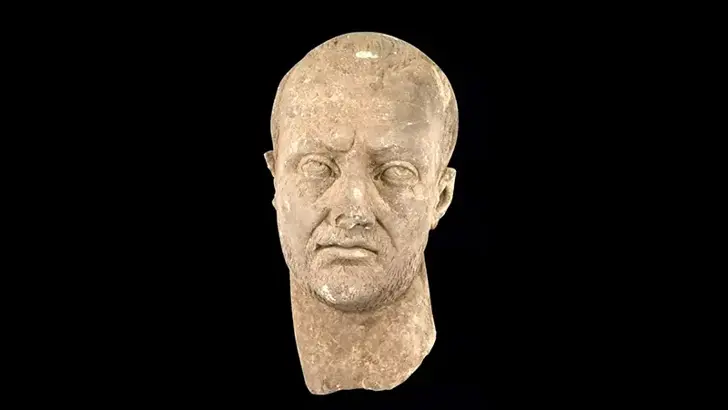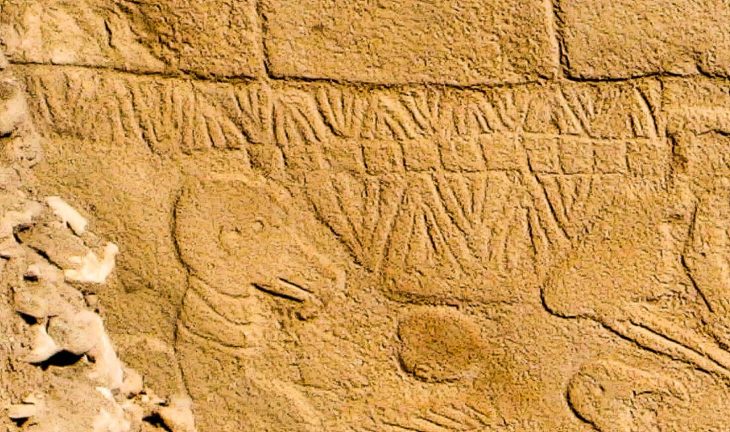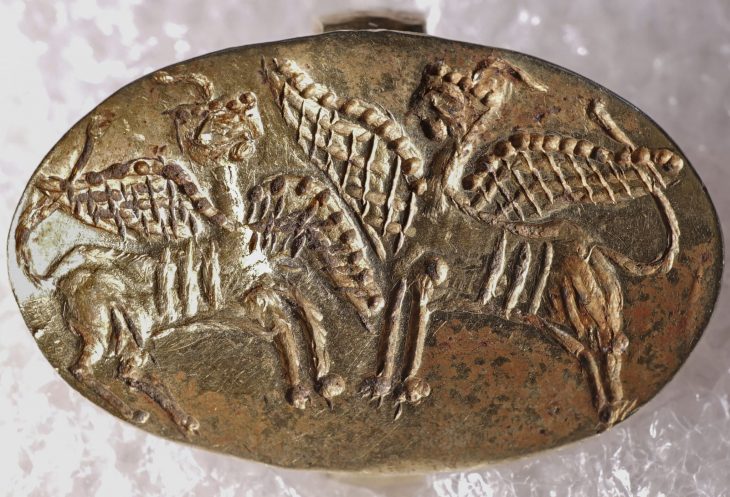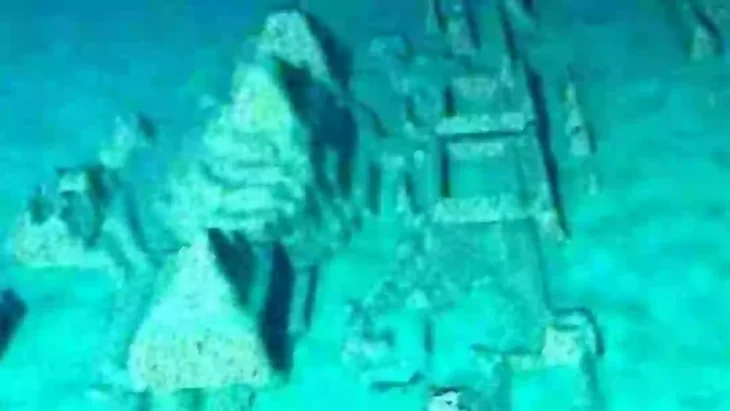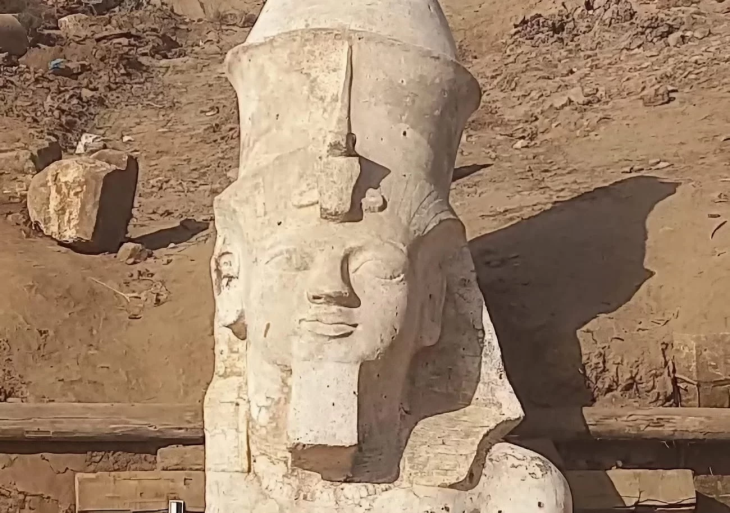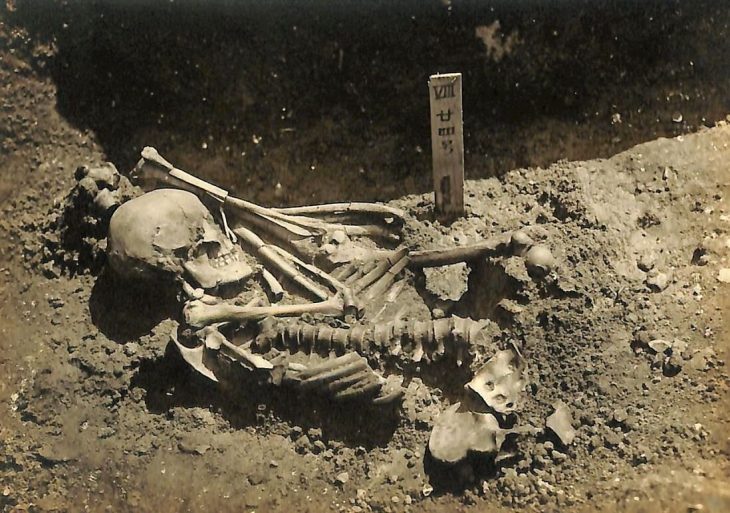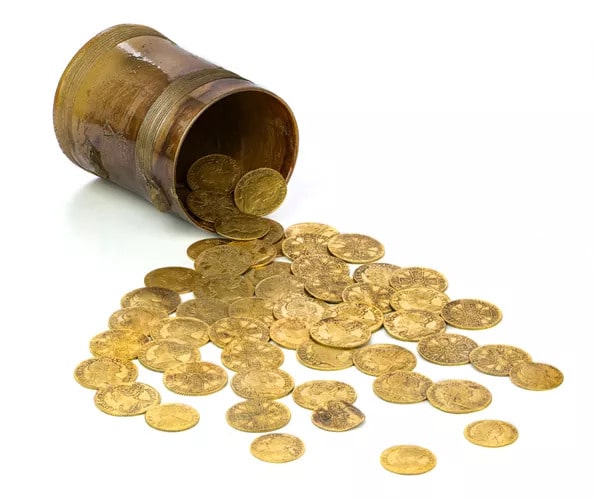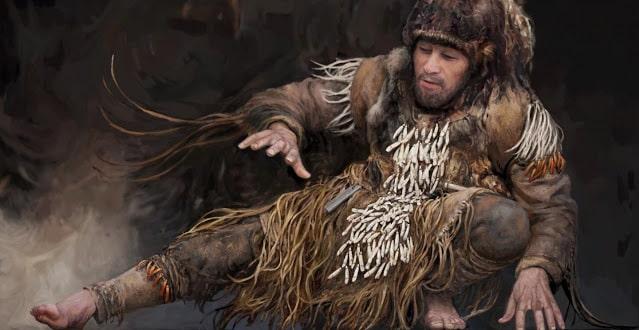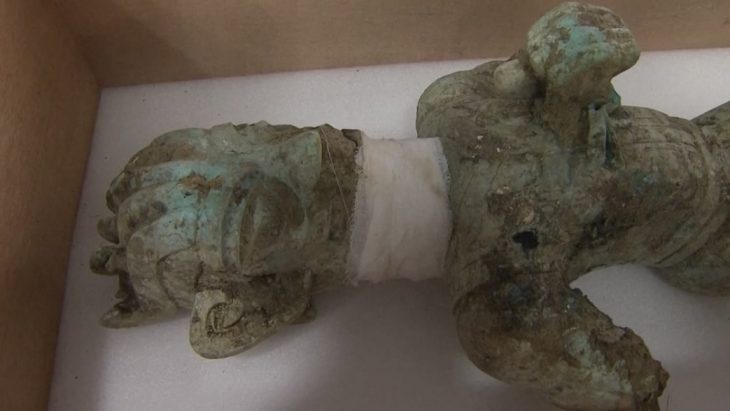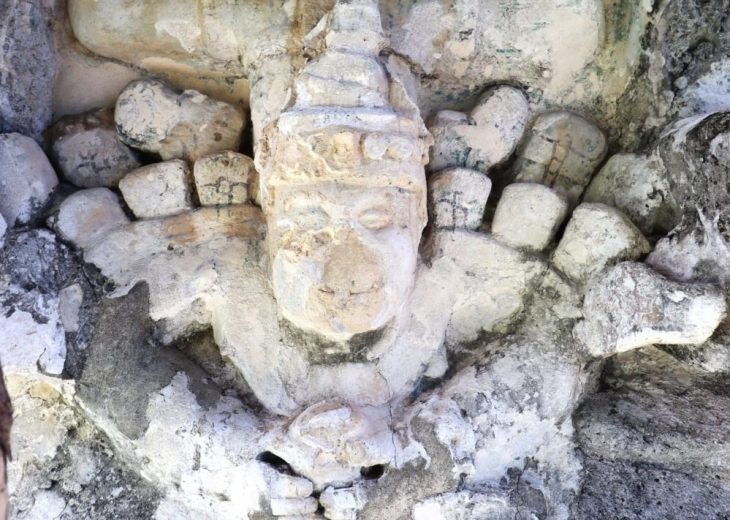A unique bone scepter belonging to a Scythian warlord from the 5th century BC was discovered during excavations in the prehistoric salt production and urban center Provadia-Solnitsata in Northeast Bulgaria.
The Scythians were a steppe and semi-steppe people who arrived on the Danube in the seventh century BC. They entered modern-day Bulgaria, but there is no evidence that they fought the locals. There’s information that they had confrontations with the Thracians after the 5th century BC.
The archaeological team is led by Professor Vassil Nikolov. The scepter was found in a grave examined by Violeta Stoitsova and Kalina Samichkova.
Professor Vassil Nikolov told the Bulgarian News Agency (BTA) that Scythian graves are something very rare in today’s Northeastern Bulgaria are extremely rare, just four or five have been discovered so far.
The excavated pit is different from those found so far, Nikolov explained. The shape of the Scythian warrior’s grave resembles a boot, with a hollowed-out part. It was apparently excavated in later times, but people saw the skull and upper part of the man’s skeleton, which are missing today, and stopped immediately, explained Nikolov.
📣 Our WhatsApp channel is now LIVE! Stay up-to-date with the latest news and updates, just click here to follow us on WhatsApp and never miss a thing!!
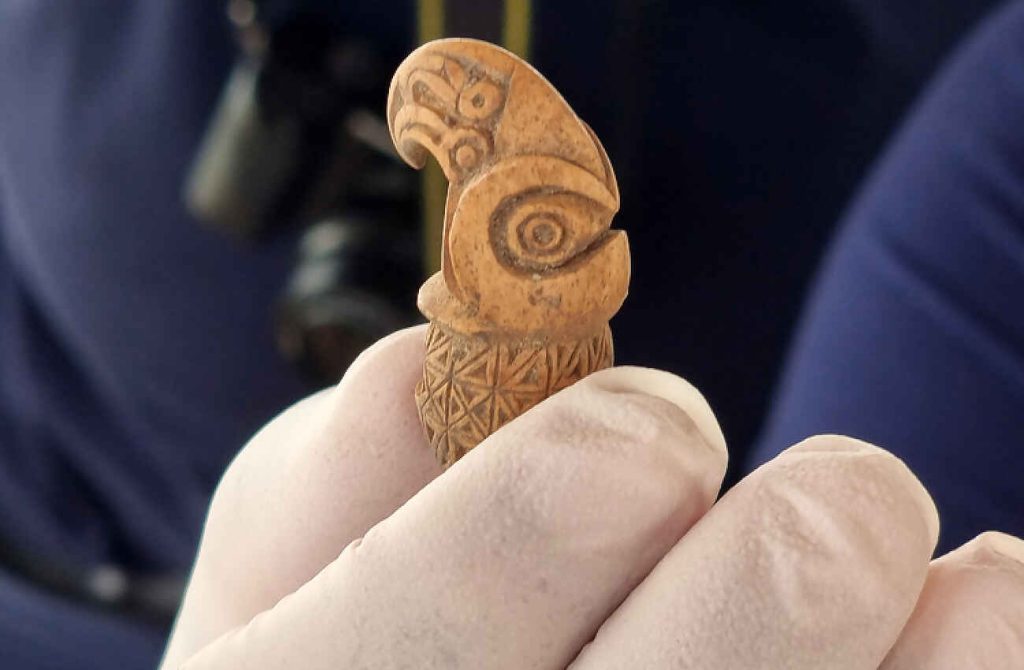
Respect for ancestral graves was very important for the Scythians. Anyone who damaged one of these tombs would have harmed the Scythians. Perhaps the people who dug the grave realized that the person lying there was an important Scythian and left the grave without looting.
Archaeologists have now found the bone scepter, which the researcher described as “an incredible achievement of the art of that time”. Alongside the human bones, they also found those of a horse, an iron knife, a small dog, and a turtle.
The Scythians had exceptional traditions in the art of bone carving. The sceptre is 39 centimetres long. The handle is made of two pieces of bone glued together. The connection between the head and the handle of the scepter is very precisely crafted. Seen from one side it looks like the beak of an eagle, but on the other, the ancient craftsman has carved an anthropomorphic image on which the beak looks like a hat.
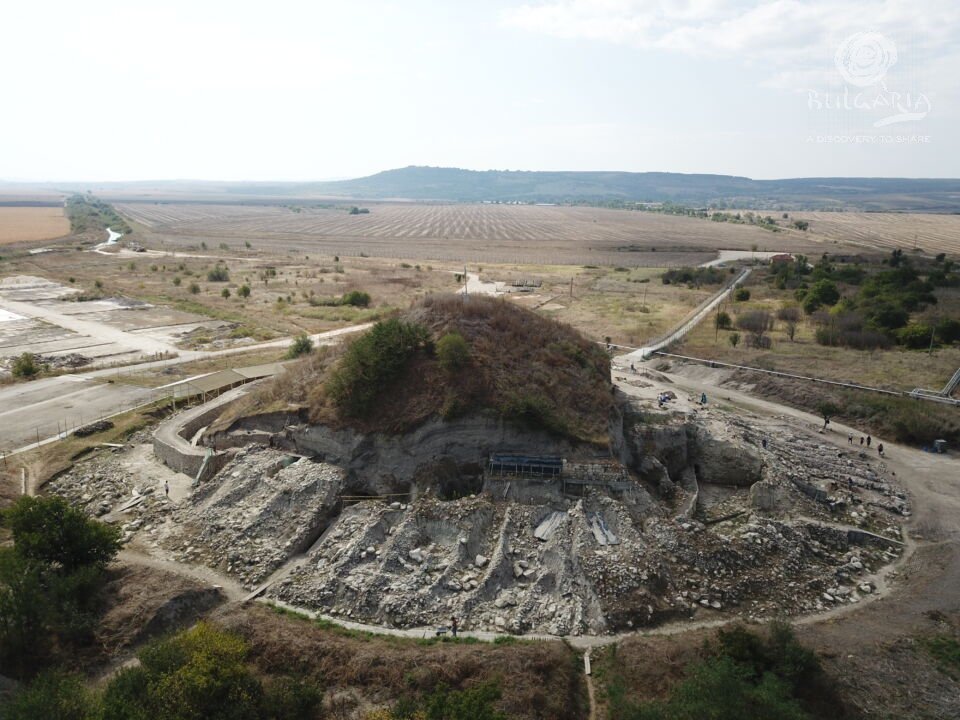
The scepter is proof of the skills of their masters, Nikolov noted and added that it probably belonged to a military commander of a small military unit.
“Those found so far are usually cruciform, with an ornithomorphic (A figure in ancient art resembling a bird) upper part. Most often the craftsmen carved an eagle because this bird is part of the Scythian religious-mythological system,” Nikolov said.

